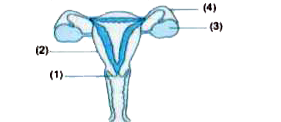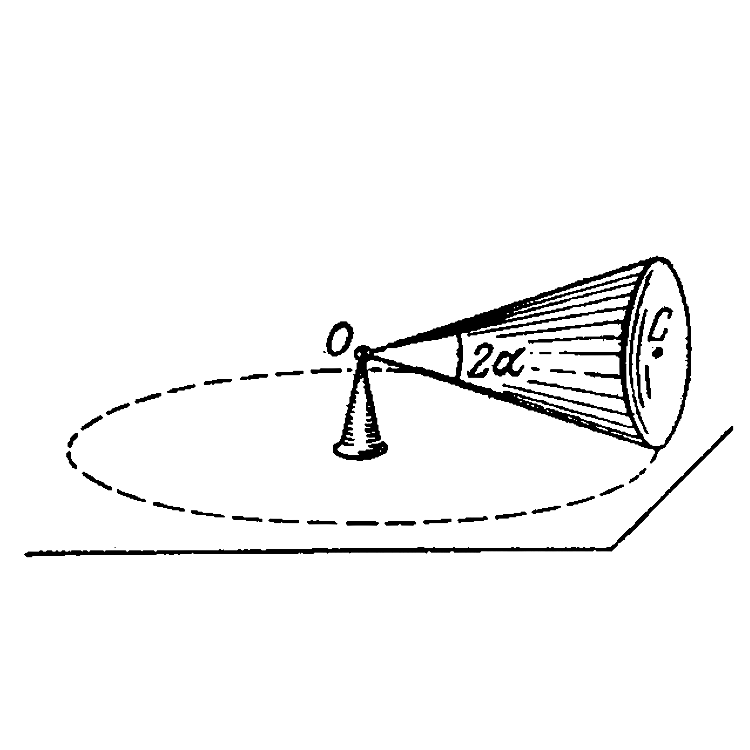The fertilisation cone, which pulls the spem int o the egg, is formed from the
acrosome of the sperm
centriole of the sperm
vitelline layer of the egg
plasma membrane of the egg
The correct Answer is:D
Step by step video, text & image solution for The fertilisation cone, which pulls the spem int o the egg, is formed from the by Biology experts to help you in doubts & scoring excellent marks in Class 12 exams.
Updated on:21/07/2023Topper's Solved these Questions
- HUMAN REPRODUCTION Book:ARIHANT NEETChapter:HUMAN REPRODUCTION Exercise:MEDICAL ENTRANCES SPECIAL FORMAT QUESTIONS (STATEMENTS BASED QUESTIONS)
Explore 14 Videos
- HUMAN REPRODUCTION Book:ARIHANT NEETChapter:HUMAN REPRODUCTION Exercise:MEDICAL ENTRANCES GALLERY (COLLECTION OF QUESTIONS ASKED IN NEET & VARIOUS MEDICAL ENTRANCE EXAMS)
Explore 69 Videos
- HUMAN REPRODUCTION Book:ARIHANT NEETChapter:HUMAN REPRODUCTION Exercise:CHECK POINT 3.4
Explore 10 Videos
- HUMAN HEALTH AND DISEASESBook:ARIHANT NEETChapter:HUMAN HEALTH AND DISEASESExercise:CHAPTER EXCERCISES ((B) MEDICAL ENTRANCES GALLERY (COLLECTION OF QUESTIONS ASKED IN NEET & VARIOUS MEDICAL ENTRANCE EXAMS))
Explore 42 Videos
- MECHANISM OF EVOLUTIONBook:ARIHANT NEETChapter:MECHANISM OF EVOLUTIONExercise:Chapter Exercises (C ) Medical entrances gallary (Collection of Questions Asked in NEET & Various Medical Entrance Exams )
Explore 26 Videos
Similar Questions
Answer question on the basis of your understanding of the following paragraph and the related studied concepts :
(i) When a girl is born, the ovaries already contain thousands of immature eggs
(ii) On reaching puberty, some of these start maturing. One egg is produced every month by one of the ovaries.
(iii) The egg is carried from the ovary to the womb through a thin oviduct or fallopian tube.
(iv) The two oviducts unite into an elastic bag-like structure known as the uterus.
(v) The uterus opens into the vagina through the cervix.

What is the site of fertilisation ?
View Solution(a) Specify the events which occur in the reproductive system of human female:
(i) If egg is fertilised.
(ii) If egg is not fertilised.
(b) Mention the changes that take place in uterus in both the above events.
View Solution
Knowledge Check
The fertilisation cone, which pulls the sperm into the egg, is formed from
Aacrosome of the spermBacrosomal process of the spermCvitelline layer of the eggDplasma membrane of the eggThe fertilization cone that pulls the sperm into the egg is formed from the –
AAcrosome of spermBAcrosomal processCVitelline layers of the eggDPlasma membrane of the eggThis section contains Assertion (A) and Reason (R) type questions. Each question has choices (1), (2), (3) and (4), out of which only one is correct.
Assertion (A) During fertilisation only head of spermatozoa enters the egg.
Reason (R) If several spermatozoa hit the egg at same time, all can enter.ABoth Assertion and reason are correct, and Reason is the correct explanation of Assertion.BBoth Assertion and Reason are correct, but Reason is not the correct explanation of Assertion.CAssertion is correct, but Reason is incorrectDAssertion is incorrect, but Reason is correct
A round cone with half-angle α=30∘ and the radius of the base R=5.0cm rolls uniformly and without slipping over a horizontal plane as shown in fiugre. The cone apex is hinged at the point O which is one the same level with the point C, the cone base centre. The velocity of point C is v=10.0cm/s. Find the moduli of
(a) the vector of the angular velocity of the cone and the angle it forms with the vertical,
(b) the vector of the angular acceleration of the cone.

View SolutionSand is pouring from a pipe at the rate of 18cm3/s. The falling sand forms a cone on the ground in such a way that the height of the cone is one-sixth of the radius of the base. How fast is the height of the sand cone increasing when its height is 3 cm?
View SolutionName the fertilised egg cell formed by the fusion of a male and female gametes.
View SolutionOvum released from ovary and is transported to the fallopian tube for fertilisation . Trace the correct path the egg and embryo takes from ovary to uterus .
View SolutionThe genetic mechanism which prevents selfpollen from fertilising the ovules by inhibiting pollen germination on the pistil of same flower is called
View Solution

